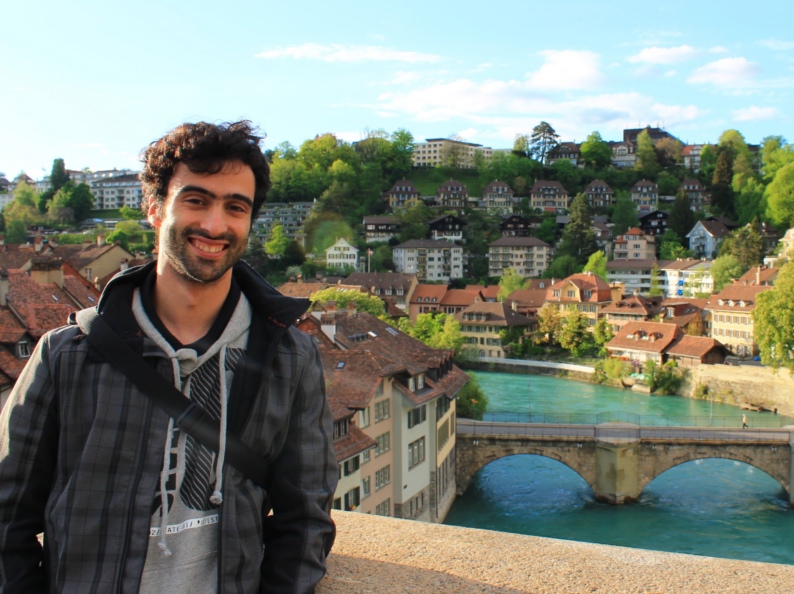UTM researcher working in project at CERN
Fernando Pereira, a researcher at the Telecommunications and Multimedia Unit (UTM), is currently working on a project at CERN (the European Organization for Nuclear Research), as part of his PhD. The project will last two years.
30th May 2012
Fernando Pereira’s PhD studies will contribute to this project, the RadioLog, which will be developed by himself and his supervisors. At CERN, the researcher joined the Radiological Protection group whose goal is to ensure security on possible radiation hazards, not only for equipment, but also for personnel.
The aim with this project is to optimise periodic inspections, the "Radiation Surveys", to the accelerators at CERN in order to measure levels of radiation. In the past, these inspections were carried out in a very traditional way where the radiation readings were recorded manually on forms. However, since there are areas where the levels of radioactivity are very high, it is important to reduce to a minimum the time that the personnel spend in these areas.
Furthermore, the volume of data collected over more than 30 km of tunnels of the various accelerators and for several surveys was already too large to be treated manually. Therefore, the RadioLog project provides a computerised solution where the data collected can be stored electronically and easily available to be consulted and analysed.
For the surveys to be performed more rapidly, it is necessary to automatically detect the position of people and devices inside the tunnels. This position will be directly used to identify the area and/or equipment where the levels of radiation were higher. Furthermore, knowing the position in these situations is an asset in terms of security because it is easier not only to inform people on the nearest emergency exits, but also to inform the rescue teams on the position of people inside the tunnel. This is the component that Fernando Pereira will be focusing on as part of his work.
So far the group has been examining the possibility of taking advantage of existing communication structures inside the tunnel, more precisely leaky-feeder GSM network to find positions using fingerprinting methods in the signal levels.
According to the researcher, "the work thus far has been quite interesting, not only in terms of identifying the scenario, but also because it has unique features that make it special and challenging."
Because they are quite flexible, the methods used here can be applied to other scenarios, particularly water environments. However, the performance of these methods depends largely on the area’s conditions, and so it is necessary to study each case individually.


